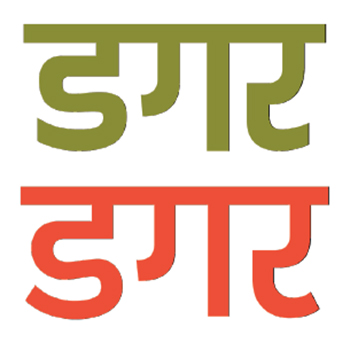Indic scripts have a rich history and have been used for centuries in the Indian subcontinent. However, designing typefaces for these scripts presents unique challenges compared to Latin scripts. In recent years, Indian type designers have significantly progressed in developing complete and refined solutions for Indic scripts. With the expansion of digital media and the growing number of audiences, the demand for Indic fonts continues to rise. The digitisation of Indic fonts with Unicode has significantly increased usage across multiple devices for various applications. With the advancements in font technology, a single optimised font can efficiently work in print and digital media. The project investigates the diverse forms and styles of the Devanagari script through the development and experimentation of a variable font. The project utilises innovative variable font technology to create two axes—the weight axis and the decorative axis. Unlike conventional variable fonts that merely alter the width or weight of a typeface, this project takes it a step further by incorporating the decorative axis. The decorative axis adds a new dimension to the font by changing its visual grammar, allowing for more flexible usage across various media and applications.


